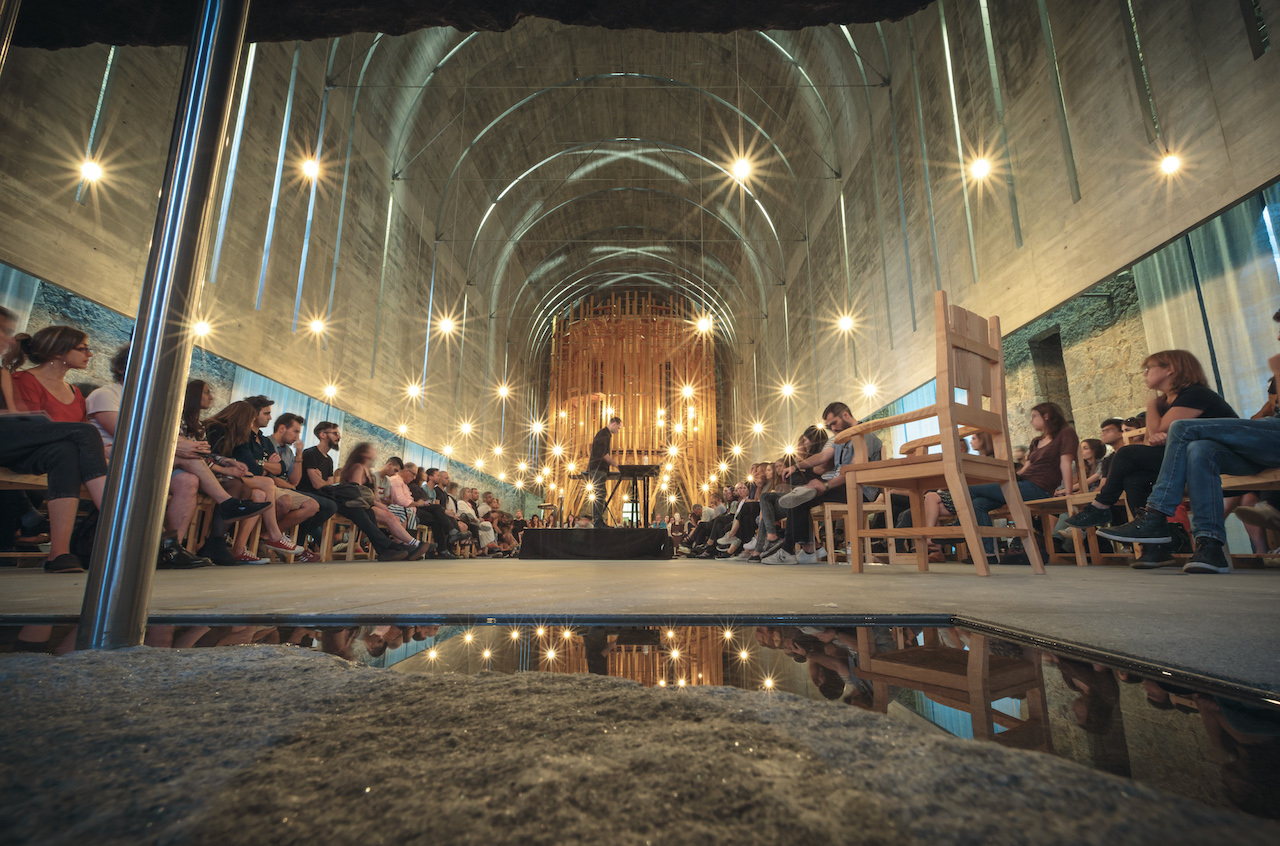- With a population of less than 200,000, Braga is a small city not far from Porto in Portugal's hilly northern interior. Its charming city center has so far hosted seven editions of Semibreve, a three-day festival that each autumn presents an impressively challenging programme of experimental music.
On the ground, the first thing you notice about Semibreve is the quality of its venues. The main space, Theatro Circo, is a plush auditorium built in 1915, with several levels of balcony boxes and intricate interior detailing. There was something very satisfying about watching Visible Cloaks perform their post-internet new age music—made with keyboards, electronics and a digital wind instrument—in such a traditional setting. Accompanied by Brenna Murphy's colorful, geometric visuals, it made for a dreamlike and at times disorienting experience, although it was rooted in calm melodicism.
There was no ambiguity about Wolfgang Voigt's set as Gas. Presented with a beautifully shot video, presumably of the Black Forest, the music evolved as organically as the visuals. Sections of heartbeat basslines layered with synth swells were simultaneously melodic and discordant. As different musical elements came in and out of focus—a beat here, some overlapping drones there—the natural images focused in on small details, saturated in color or shifted to grainy black and white. It felt accomplished and purposeful.
The same goes for Lawrence English's set of amplified drones. He warned the audience about his emphasis on physicality, proclaiming it as "solidarity through sound." Perhaps because of the two Ampeg bass amplifiers and two Fender Twins, the sound had real depth to it, and despite reliance on feedback and distortion, it was distinctly musical. Like English, Deathprod eschewed visuals in favor of lights and fog. The Norwegian's rapidly flickering strobe lent a surreal feel to his distorted drones and rumbling bass, which would sink to a lull before returning in loud, shocking blasts. Fis was also partial to low-end rumbling and cavernous drones, with the occasional laser thrown in for good measure. He incorporated what sounded like arcs of whale song and other natural sounds, but rendered them with drama and a hint of dread. With Jovan Vucinic's watery visuals—plus recent news of Fis's new label, which will plants trees in lieu of physical releases—I couldn't help but think of the performance as a comment on climate and the environment.
Icelandic artist Valgeir Sigurðsson's set with viola da gamba player Liam Byrne was a successful example of electronic and acoustic integration, especially in a neo-classical context. Their interplay ranged from cinematic to revelatory—one section in particular, featuring looped gamba, controlled feedback and firecracker percussion, stood out. With interview audio about shortwave radio and Icelandic geysers, plus visuals that evoked either the moon or post-industrial urban decay, it was a sensory experience befitting an opera house.
The restoration of Theatro Circo in 1999 included the installation of a smaller basement auditorium with the kind of deadened acoustics that recording studios strive for. In here, I caught midnight concerts by Beatriz Ferreyra and Blessed Initiative. The former composes within the musique concrète and electroacoustic traditions—she worked with Pierre Schaeffer in the '60s—and presented three pieces over an eight-channel diffusion system. The latter recalled concrète with his laptop, but delved into compositional dark ambient.
Capela Imaculada Do Seminário Menor, a stunning high-ceilinged chapel dating back to 1924, hosted only one event: a daytime concert from Steve Hauschildt. Within the venue's anachronistically modern, minimalist interior, the former Emeralds keyboardist deployed floating riffs over warm electronic crackles and the occasional natural sound, like water running or birds chirping. A gentle beat anchored the performance before a climax of foghorn drones and windy synths.
Another of Semibreve's venues, the two-floored GNRation complex, had several rooms containing installations and a black box space with parquet flooring. Between 1 and 4 AM on Friday and Saturday, the black box hosted a club-ready programme that consisted of more live acts, though this time with pounding beats. Of these, Karen Gwyer was easily the standout. Her vibey, loopy techno, veering from the dreamy to the delirious, contained lashings of acid, discordant funk and cheery snares.
The easygoing schedule, which featured only one performance at a time, meant that all the concerts, sonically demanding though some of them were, were full or near enough. Because it's home to three universities, the average age in Braga is remarkably young, so the festival had a nice youthful exuberance to it. With its adventurous programming and curious, homegrown audience, everything suggested that Semibreve is thriving.
Photo credit /
Adriano Ferreira Borges
 The same goes for Lawrence English's set of amplified drones. He warned the audience about his emphasis on physicality, proclaiming it as "solidarity through sound." Perhaps because of the two Ampeg bass amplifiers and two Fender Twins, the sound had real depth to it, and despite reliance on feedback and distortion, it was distinctly musical. Like English, Deathprod eschewed visuals in favor of lights and fog. The Norwegian's rapidly flickering strobe lent a surreal feel to his distorted drones and rumbling bass, which would sink to a lull before returning in loud, shocking blasts. Fis was also partial to low-end rumbling and cavernous drones, with the occasional laser thrown in for good measure. He incorporated what sounded like arcs of whale song and other natural sounds, but rendered them with drama and a hint of dread. With Jovan Vucinic's watery visuals—plus recent news of Fis's new label, which will plants trees in lieu of physical releases—I couldn't help but think of the performance as a comment on climate and the environment. Icelandic artist Valgeir Sigurðsson's set with viola da gamba player Liam Byrne was a successful example of electronic and acoustic integration, especially in a neo-classical context. Their interplay ranged from cinematic to revelatory—one section in particular, featuring looped gamba, controlled feedback and firecracker percussion, stood out. With interview audio about shortwave radio and Icelandic geysers, plus visuals that evoked either the moon or post-industrial urban decay, it was a sensory experience befitting an opera house.
The same goes for Lawrence English's set of amplified drones. He warned the audience about his emphasis on physicality, proclaiming it as "solidarity through sound." Perhaps because of the two Ampeg bass amplifiers and two Fender Twins, the sound had real depth to it, and despite reliance on feedback and distortion, it was distinctly musical. Like English, Deathprod eschewed visuals in favor of lights and fog. The Norwegian's rapidly flickering strobe lent a surreal feel to his distorted drones and rumbling bass, which would sink to a lull before returning in loud, shocking blasts. Fis was also partial to low-end rumbling and cavernous drones, with the occasional laser thrown in for good measure. He incorporated what sounded like arcs of whale song and other natural sounds, but rendered them with drama and a hint of dread. With Jovan Vucinic's watery visuals—plus recent news of Fis's new label, which will plants trees in lieu of physical releases—I couldn't help but think of the performance as a comment on climate and the environment. Icelandic artist Valgeir Sigurðsson's set with viola da gamba player Liam Byrne was a successful example of electronic and acoustic integration, especially in a neo-classical context. Their interplay ranged from cinematic to revelatory—one section in particular, featuring looped gamba, controlled feedback and firecracker percussion, stood out. With interview audio about shortwave radio and Icelandic geysers, plus visuals that evoked either the moon or post-industrial urban decay, it was a sensory experience befitting an opera house.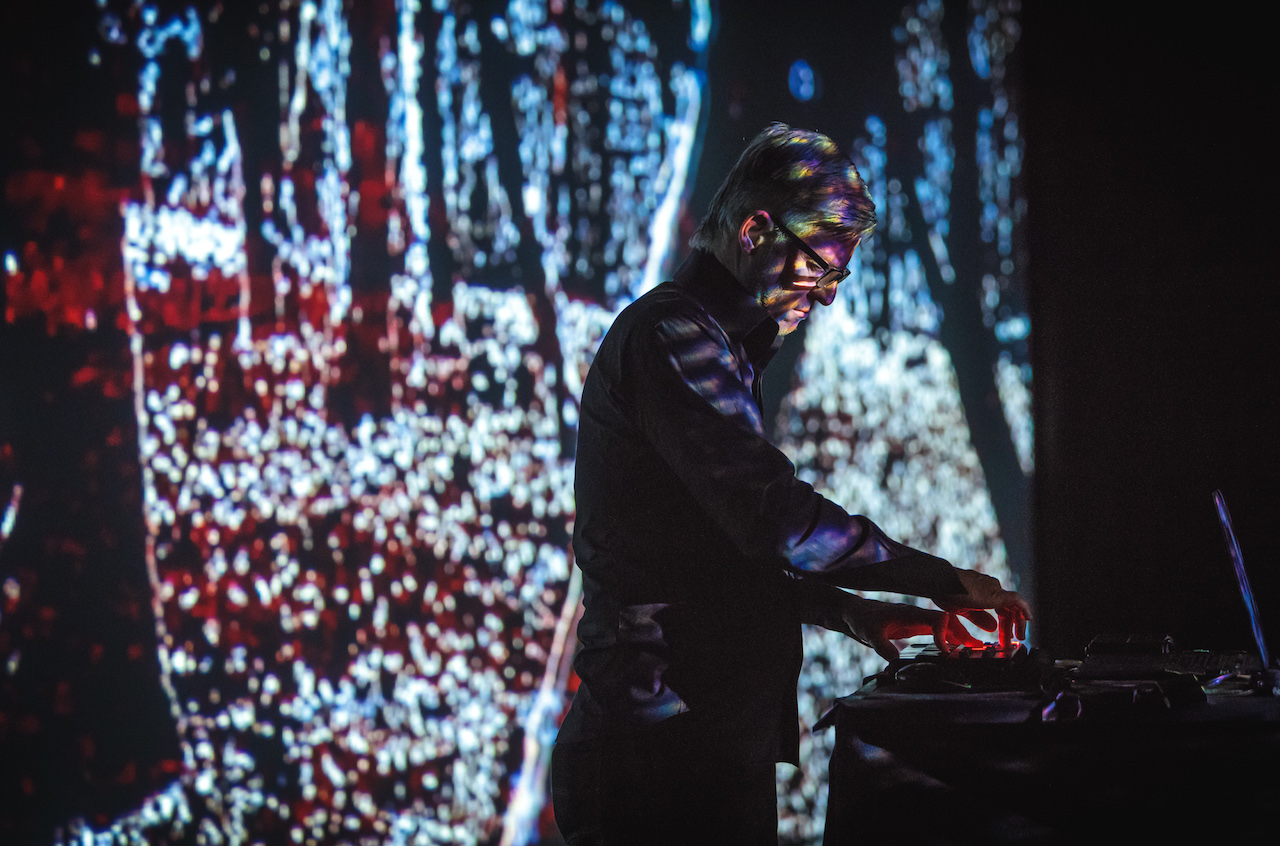
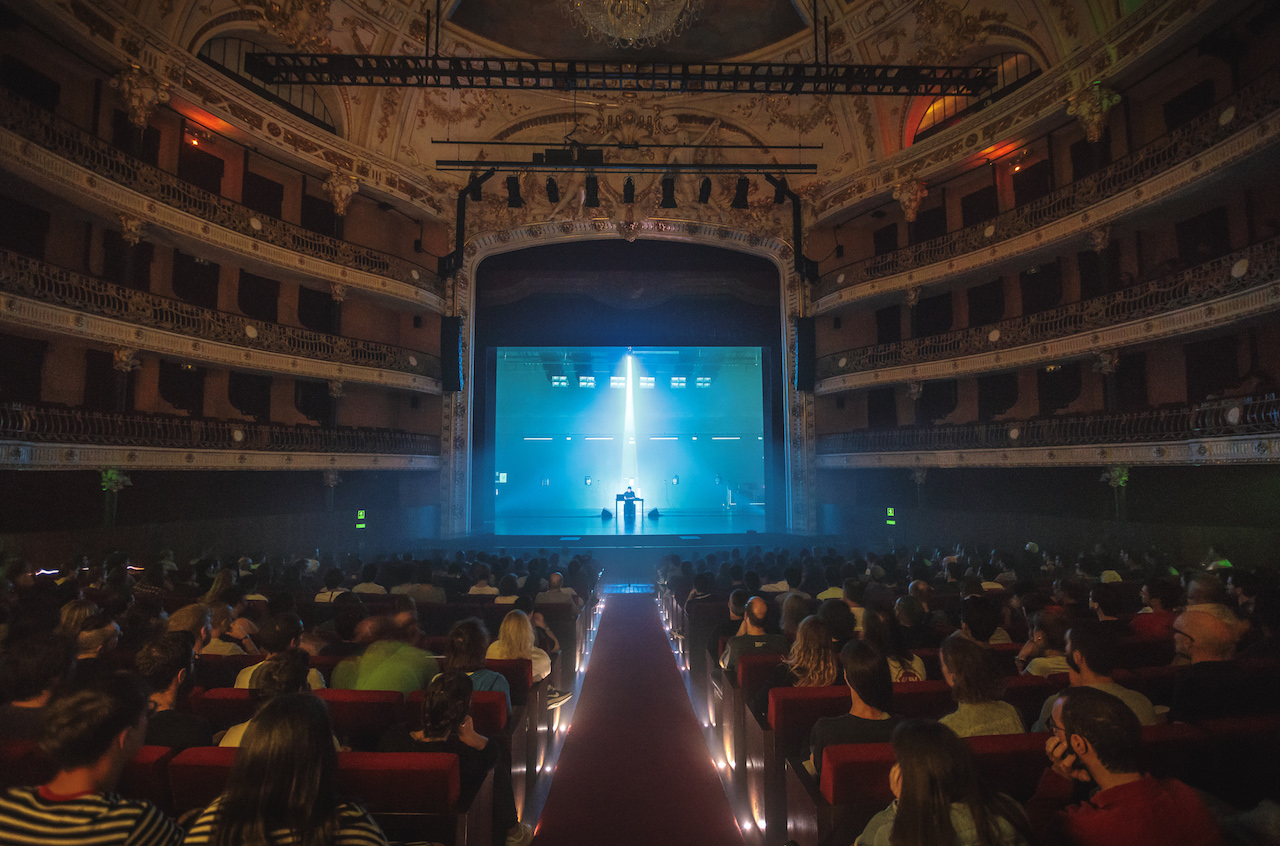 The restoration of Theatro Circo in 1999 included the installation of a smaller basement auditorium with the kind of deadened acoustics that recording studios strive for. In here, I caught midnight concerts by Beatriz Ferreyra and Blessed Initiative. The former composes within the musique concrète and electroacoustic traditions—she worked with Pierre Schaeffer in the '60s—and presented three pieces over an eight-channel diffusion system. The latter recalled concrète with his laptop, but delved into compositional dark ambient. Capela Imaculada Do Seminário Menor, a stunning high-ceilinged chapel dating back to 1924, hosted only one event: a daytime concert from Steve Hauschildt. Within the venue's anachronistically modern, minimalist interior, the former Emeralds keyboardist deployed floating riffs over warm electronic crackles and the occasional natural sound, like water running or birds chirping. A gentle beat anchored the performance before a climax of foghorn drones and windy synths.
The restoration of Theatro Circo in 1999 included the installation of a smaller basement auditorium with the kind of deadened acoustics that recording studios strive for. In here, I caught midnight concerts by Beatriz Ferreyra and Blessed Initiative. The former composes within the musique concrète and electroacoustic traditions—she worked with Pierre Schaeffer in the '60s—and presented three pieces over an eight-channel diffusion system. The latter recalled concrète with his laptop, but delved into compositional dark ambient. Capela Imaculada Do Seminário Menor, a stunning high-ceilinged chapel dating back to 1924, hosted only one event: a daytime concert from Steve Hauschildt. Within the venue's anachronistically modern, minimalist interior, the former Emeralds keyboardist deployed floating riffs over warm electronic crackles and the occasional natural sound, like water running or birds chirping. A gentle beat anchored the performance before a climax of foghorn drones and windy synths.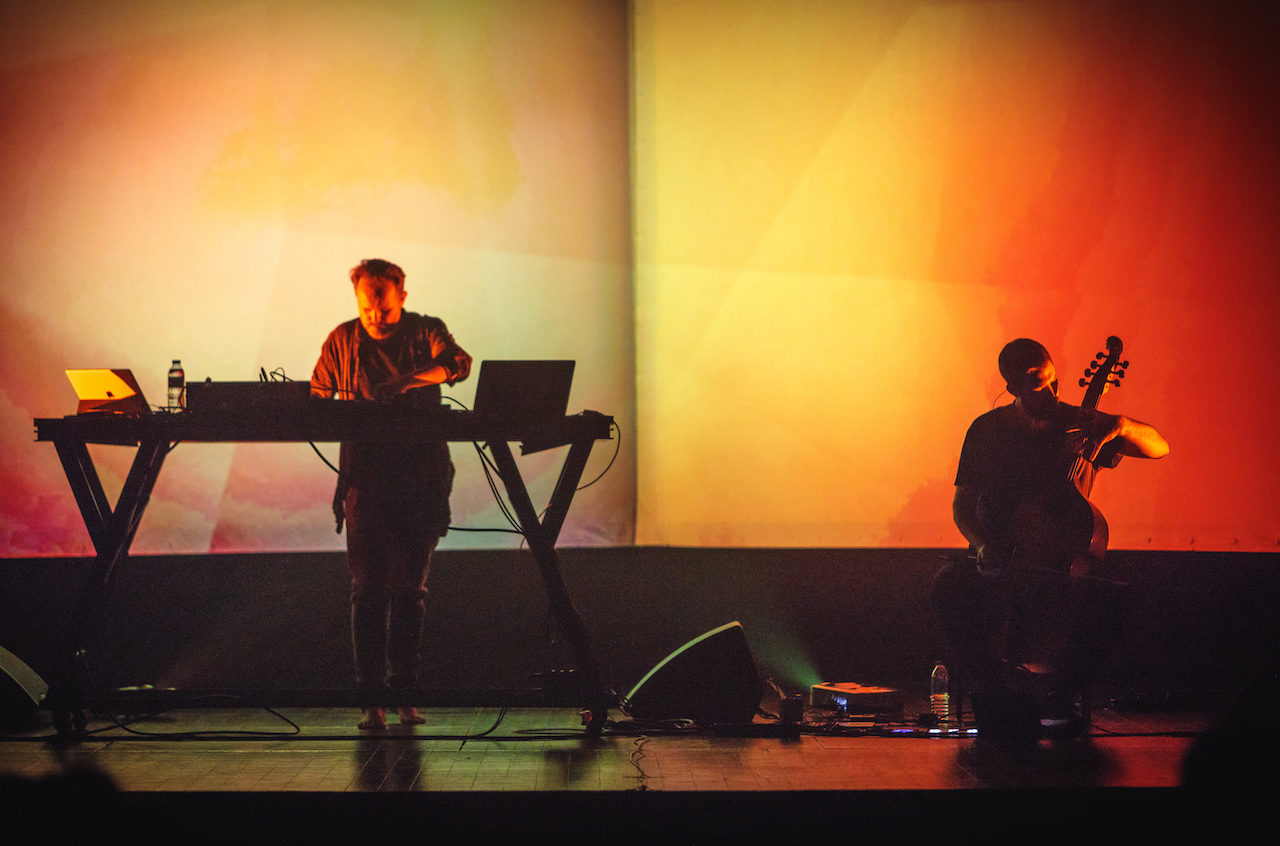
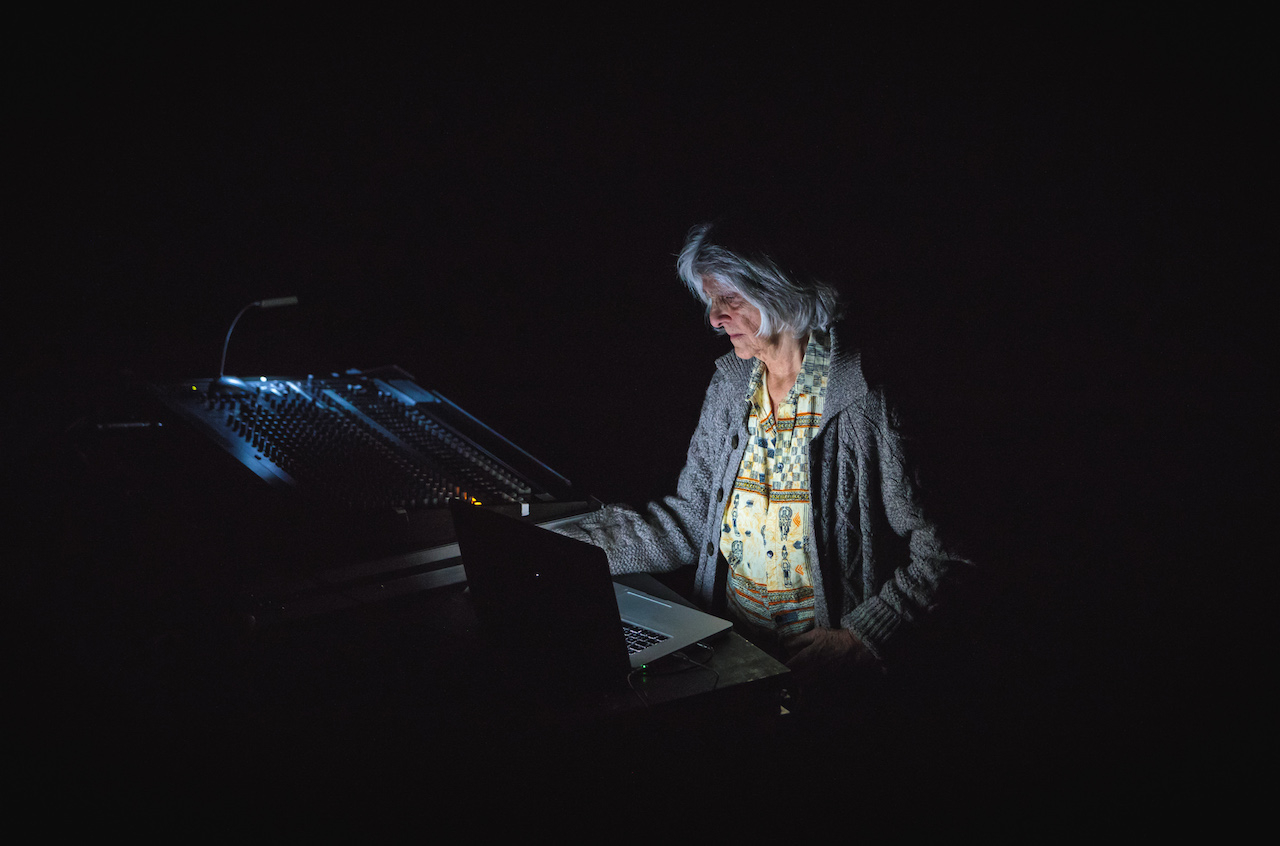 Another of Semibreve's venues, the two-floored GNRation complex, had several rooms containing installations and a black box space with parquet flooring. Between 1 and 4 AM on Friday and Saturday, the black box hosted a club-ready programme that consisted of more live acts, though this time with pounding beats. Of these, Karen Gwyer was easily the standout. Her vibey, loopy techno, veering from the dreamy to the delirious, contained lashings of acid, discordant funk and cheery snares. The easygoing schedule, which featured only one performance at a time, meant that all the concerts, sonically demanding though some of them were, were full or near enough. Because it's home to three universities, the average age in Braga is remarkably young, so the festival had a nice youthful exuberance to it. With its adventurous programming and curious, homegrown audience, everything suggested that Semibreve is thriving. Photo credit / Adriano Ferreira Borges
Another of Semibreve's venues, the two-floored GNRation complex, had several rooms containing installations and a black box space with parquet flooring. Between 1 and 4 AM on Friday and Saturday, the black box hosted a club-ready programme that consisted of more live acts, though this time with pounding beats. Of these, Karen Gwyer was easily the standout. Her vibey, loopy techno, veering from the dreamy to the delirious, contained lashings of acid, discordant funk and cheery snares. The easygoing schedule, which featured only one performance at a time, meant that all the concerts, sonically demanding though some of them were, were full or near enough. Because it's home to three universities, the average age in Braga is remarkably young, so the festival had a nice youthful exuberance to it. With its adventurous programming and curious, homegrown audience, everything suggested that Semibreve is thriving. Photo credit / Adriano Ferreira Borges